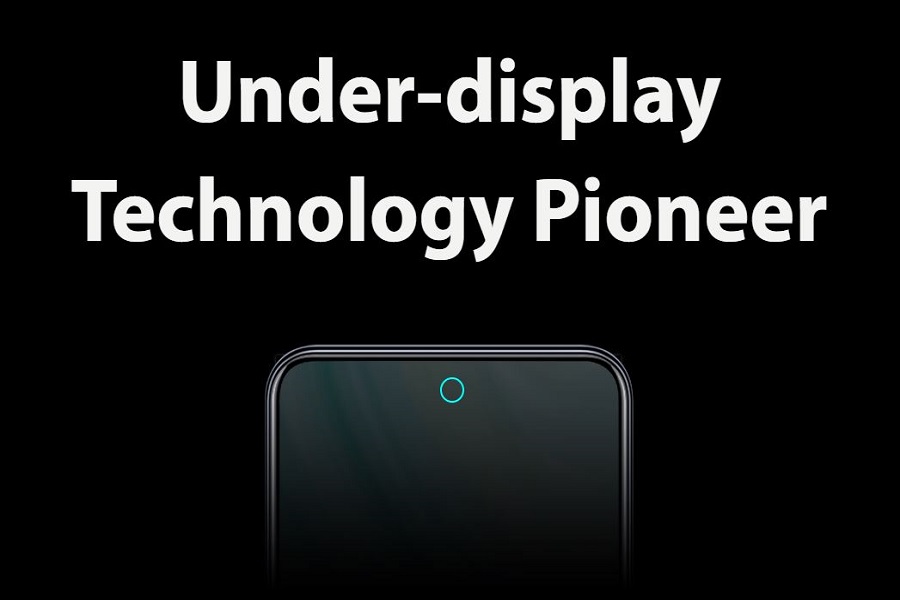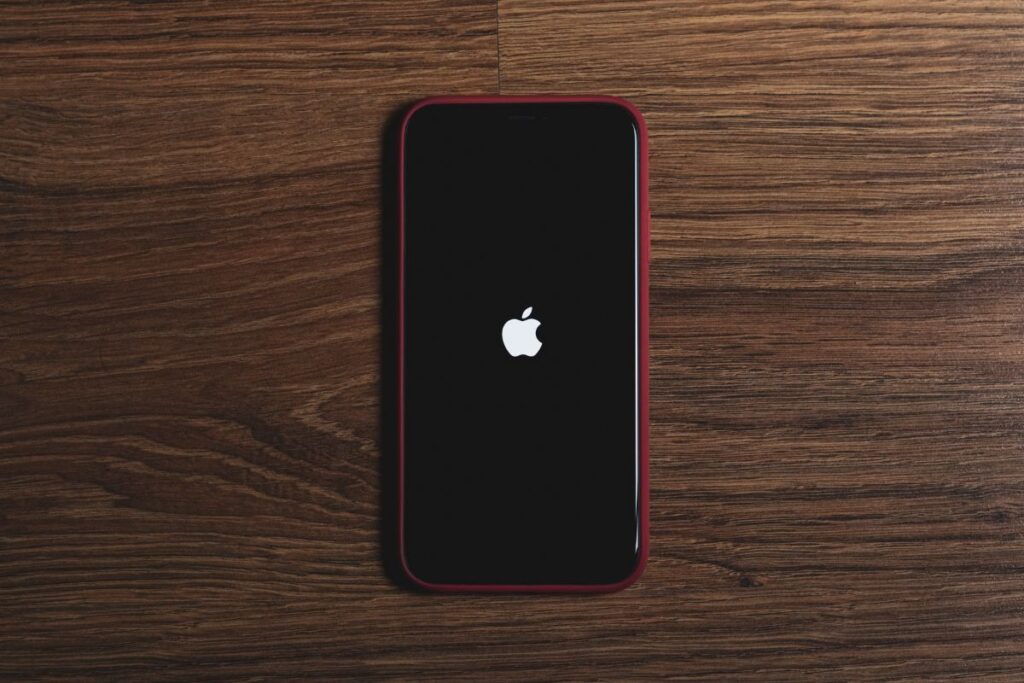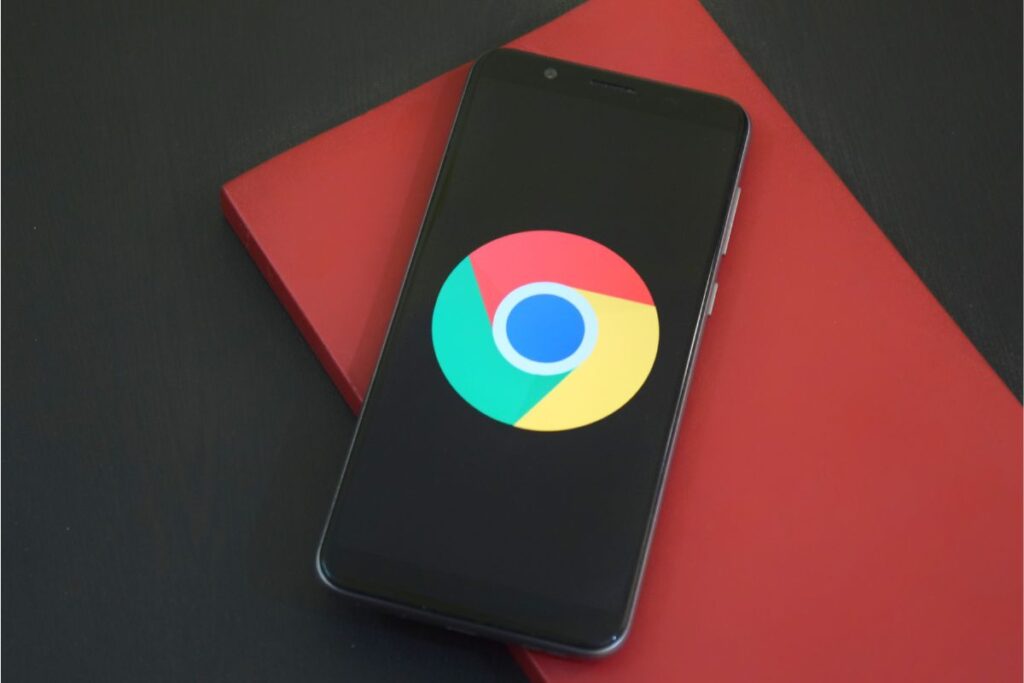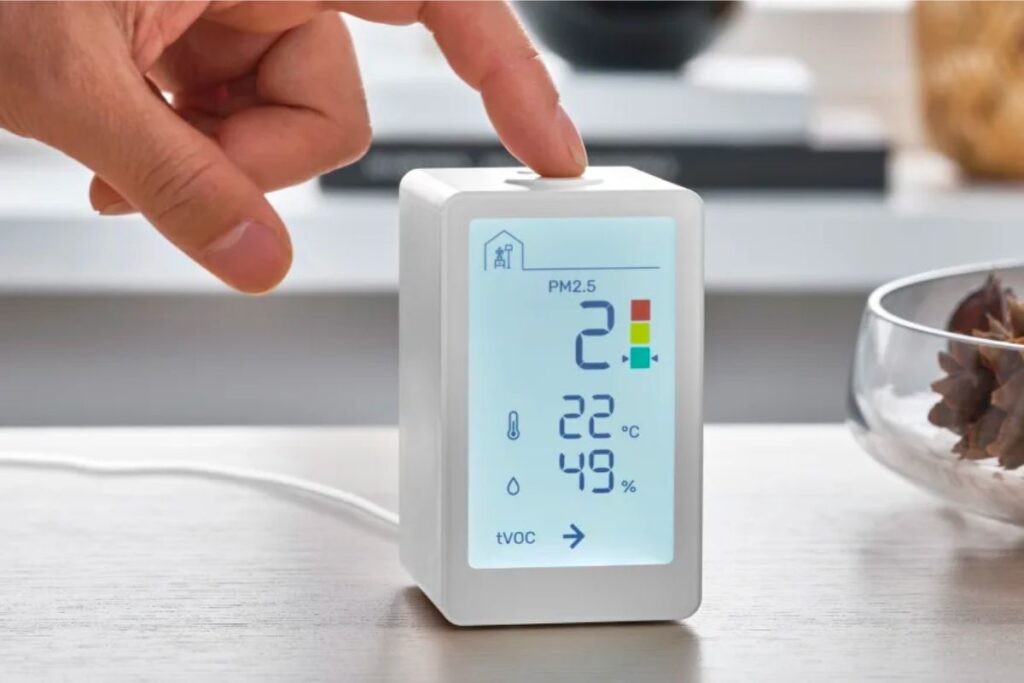ZTE released a new phone called ZTE Axon 20, and it features the first invisible Selfie Camera on a cell phone. The phone itself is a fairly standard, mid-grade phone. It does not look anything too crazy we haven’t seen before, design-wise.
However, when it comes to hardware design and technology, this phone has something pretty unique that we have never seen before. Especially if you take a closer look at the front display.
This phone has the world’s first under-display selfie camera.
We’ve seen other phone manufacturers teasing this type of technology for a while now, and ZTE has finally brought it to life on a production device.
Over the years, we’ve seen the fingerprint reader go from a button to an under-screen display, and all these changes show an attempt at a finer design and possibly a fully waterproof design in the future, improving the device’s longevity and functionality.
We’ve also seen speakers on some phones go from above the display to right behind it, vibrating through the glass.
The last thing left, which is also the hardest thing is probably finding a way to get the Selfie camera out of the way.
Our eyes have been used to all these notches, cut-outs, and hole punches, we’ve also seen pop up cameras from manufacturers like One Plus. Though that is a moving part in a phone and unfortunately introduces a higher probability of failure in many aspects. That might be one of the reasons why One Plus moved away from this technology.

ZTE Axon 20 Camera Mechanism
As far as the camera, few key components are in place allowing for a transparent display or “invisible Selfie Camera”
The phone features a 32-megapixel camera, and you get a notch cut-out in the display. Though the display itself continues over this notch and is essentially half the pixel density, so 720p equivalent resolution with smaller pixels (on the cut-out)
There is in fact space between the pixels for the camera to see through the cutout. When you switch to the selfie camera, a driver manipulates those remaining pixels to make them semi-transparent.
Interestingly enough, there is a defogging algorithm running to help the camera figure out what’s behind those semi-transparent pixels to later merge everything into one image.
Although this development is still at an early stage, it is safe to say that this technology will only move forward from here. Hopefully, other manufacturers will follow suit for a better mobile experience.
Click here for more articles like this one.
Latest Posts
- What do we know about the iPhone 15 so far?
- Google Bringing ChatGPT to Chrome?
- IKEA’s New Smart Air Quality Sensor – VINDSTYRKA
- Opera joins the Artificial Intelligence Race – Opera to add ChatGPT features to its browser
- Google Bard! Google’s answer to ChatGPT fell flat on its face.
- ChatGPT passes MBA Test






